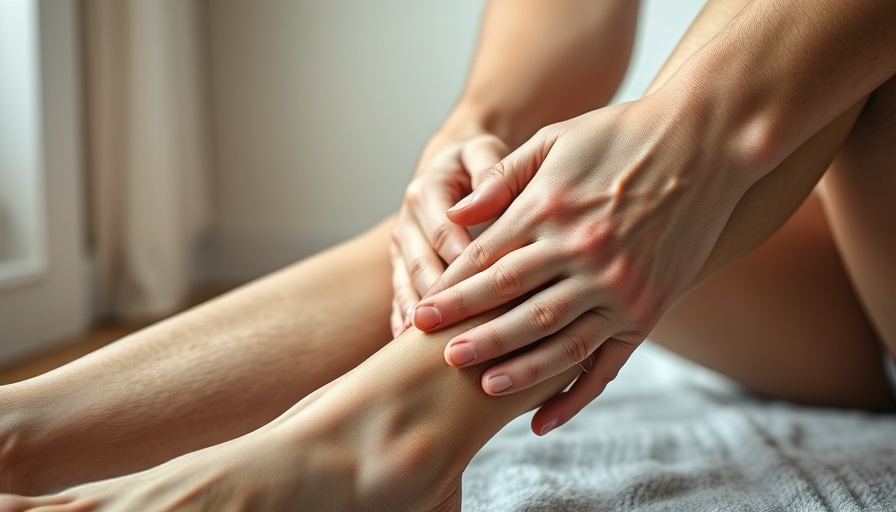
Debunking the Soreness Myth in Fitness
When it comes to exercising, many of us have been taught that soreness is a badge of honor. After a grueling workout, experiencing muscle pain may feel like a sure sign of progress. However, fitness professionals like Cedric Bryant, the president of the American Council on Exercise, highlight a crucial reality: soreness does not equate to workout effectiveness.
The Science Behind Muscle Soreness
Muscle soreness typically arises from microscopic tears in muscle fibers during exercise. Laura Richardson, an exercise physiologist at the University of Michigan, explains that these small injuries lead to inflammation, which is the body’s natural response as it begins to repair the damaged tissue. While this repair process can make muscles stronger, it doesn’t mean soreness is necessary for muscle growth.
Alternatives to Measuring Your Progress
Instead of gauging workout success solely on soreness, fitness enthusiasts should consider tracking strength improvements or endurance milestones. For instance, if you're lifting heavier weights over time or able to sustain longer cardio sessions, you are making positive strides in your fitness journey.
The Risks of Constant Soreness
Interestingly, persistent soreness can often lead to setbacks. Engaging in workouts while in pain might worsen athletic performance and increase the risk of injuries. Therefore, allowing your body adequate recovery time is essential. Notably, Bryant emphasizes that the absence of soreness doesn't mean you are no longer progressing; it often indicates your muscles are adapting to the training routine and are efficiently handling the workload.
Actions to Take When Soreness Strikes
If you're feeling sore after a workout, it might be beneficial to ease up on your routine for a few days. Dr. Vijay Jotwani, a sports medicine physician, suggests proper hydration to help with recovery. He also recommends gentle massages for the sore muscles, noting that research indicates that massage can significantly alleviate exercise-induced muscle soreness.
Conclusion: Moving Toward Healthier Fitness Practices
Understanding that soreness doesn’t determine the effectiveness of your workout can redefine how you approach your fitness journey. Rather than pushing through pain, prioritize your body’s recovery to maximize long-term gains. Embrace the importance of gradual progression and celebrate improvements in your overall health, not just the fleeting discomfort of soreness.
 Add Row
Add Row  Add
Add 




Write A Comment